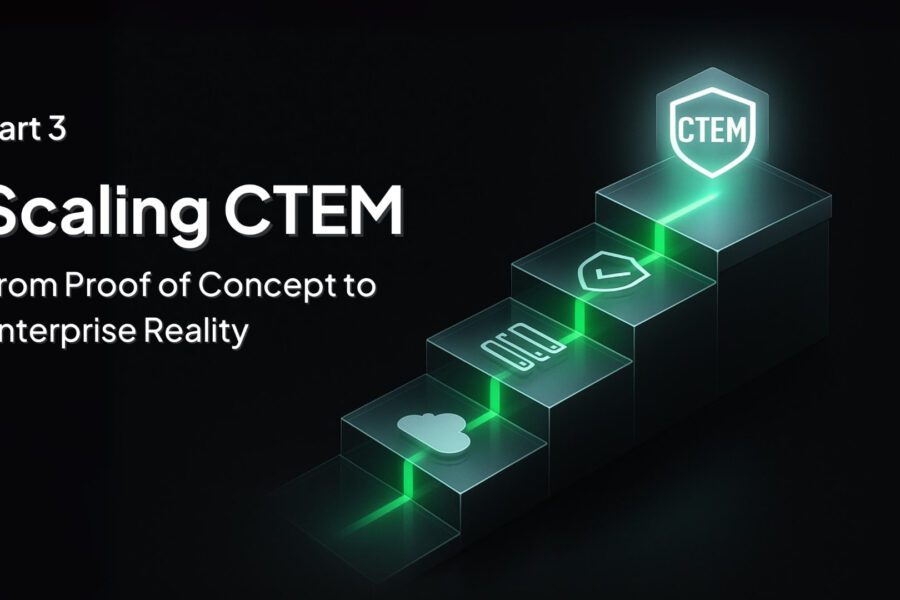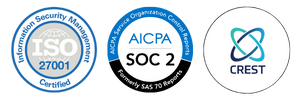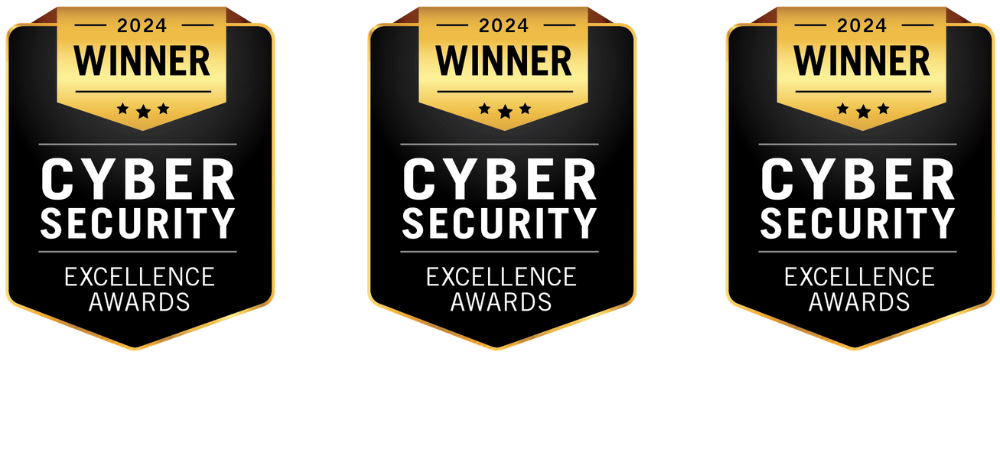“The biggest risk is not taking any risk… In a world that’s changing quickly, the only strategy that is guaranteed to fail is not taking risks.” – Mark Zuckerberg.
Standing at the crossroads of cybersecurity evolution, I faced a decision that would define not just my career trajectory but potentially reshape how our organization approached threat management. It wasn’t just a technical pivot; it was a mindset shift.
The year was still early in CTEM’s lifecycle, and while Gartner had begun evangelizing Continuous Threat Exposure Management, the cybersecurity community remained largely skeptical. Traditional vulnerability management had been the cornerstone of security programs for decades – why fix what wasn’t obviously broken?
The Moment of Truth
The catalyst came during a particularly frustrating incident response meeting. We’d just contained a breach that exploited a vulnerability we knew about, had patched according to our schedule, but had failed to validate the effectiveness of our remediation. The attacker had found a way to exploit the same weakness through a different attack vector that our periodic scans had missed.
“How did we miss this?” asked our CISO, the question hanging heavy in the room.
The uncomfortable truth was that our traditional vulnerability management approach – scan, prioritize, patch, repeat – created dangerous blind spots. We were chasing threats one by one while attackers operated in full sprints. They didn’t wait for our monthly vulnerability scans or quarterly penetration tests.
Swimming Against the Current
When I first proposed transitioning to a CTEM framework, the pushback was immediate and predictable:
“It’s just rebranded vulnerability management,” scoffed our senior security architect. “Gartner is just trying to create a new market category.”
“We don’t have the budget for another security tool,” came from finance, assuming CTEM meant expensive new technology acquisitions.
“Our current process works fine,” insisted the vulnerability management team, protective of their established workflows.
Even my team questioned the timing. Why pivot to an unproven methodology when we were already struggling to keep up with existing security demands?
The Leap of Faith
But I’d seen enough. The evidence was mounting that our reactive, point-in-time approach was fundamentally misaligned with modern threats. Attackers were evolving in real time. And we weren’t.
The pivot To CTEM didn’t start with a big announcement. It started with a quiet change in mindset.
Instead of asking, “What vulnerabilities do we have?” I started asking, “If I were the attacker, what would I go after right now?”
Building the Foundation
The first step was reframing our existing capabilities through a CTEM lens:
- Exposure Discovery: We expanded beyond traditional vulnerability scanners to include attack surface management, cloud security posture monitoring, and threat intelligence correlation
- Exposure Prioritization: Risk scoring evolved from CVSS ratings to a blend of business context, threat actor TTPs, and real-world exploitability.
- Exposure Validation: We introduced continuous validation through purple team exercises and automated exploit testing
- Exposure Mobilization: Remediation became dynamic, with real-time communication between security and operations teams
The Doubters Multiply
As we began implementing CTEM principles, resistance grew. The security team felt we were abandoning proven methodologies for uncharted territory. Operations were worried about increased alerting and remediation pressure. Leadership questioned the ROI of what appeared to be process changes without immediate tangible results.
“You’re trying to boil the ocean,” warned our infrastructure manager during one heated meeting. “We can’t validate every exposure continuously; we’ll never get anything else done.”
The criticism stung because it contained a grain of truth. CTEM was more demanding. It required cultural change, new skills, and a comfort with ambiguity. But what was the alternative? Staying comfortable while the threat actors got sharper?
Small Wins, Growing Confidence
Gradually, the wins started stacking up. Our mean time to detection dropped from weeks to days. We caught several exploits during their reconnaissance phases.
And we prevented three potential breaches – not by luck, but because we were watching the right places at the right time.
The real turning point came during a quarterly business review. I shared metrics that showed improved posture and reduced overhead. Focusing only on exposures that mattered – those actively being targeted or easily exploitable – reduced the noise and sharpened our response.
Lessons from the Pivot To CTEM
Looking back, several critical factors enabled our successful transition to CTEM:
- Start Small, Think Big: We didn’t try to transform everything overnight. Instead, we piloted CTEM concepts in high-risk environments first, proving value before expanding scope.
- Embrace Imperfection: Perfect was the enemy of good. Our initial CTEM implementation was far from comprehensive, but it was better than our static alternative.
Measure What Matters: Traditional metrics like “number of vulnerabilities patched” gave way to more meaningful indicators like “exposures eliminated before exploitation” and “attack surface reduction over time.” - Cultural Investment: The biggest challenge wasn’t technical, it was human. We invested heavily in training, communication, and change management to help the team understand why this pivot mattered.
The Validation
Six months after our pivot, we faced our ultimate test: a sophisticated, advanced persistent threat campaign targeting our industry. Our CTEM-enabled defenses identified the initial reconnaissance within hours, tracked the attack progression across our environment, and enabled proactive mitigation of potential attack paths that the threat actors hadn’t even attempted yet.
The same CISO who’d questioned our missed detection months earlier now championed our approach: “This is how security should work – always on, always adapting, always one step ahead.”
Setting the Stage
The pivot to CTEM when others doubted wasn’t just a professional decision – it was a bet on the future of cybersecurity. We wagered that continuous, validated threat exposure management would prove more effective than periodic, assumption-based vulnerability management.
The early results validated our approach, but the real test was yet to come. In Part 3, I’ll share how we scaled CTEM across the enterprise, the obstacles we encountered, and the innovations that emerged from our organization’s commitment to continuous threat exposure management.
Sometimes the most important pivots happen not when everyone believes, but when you’re willing to act on conviction despite the doubts. Because in cybersecurity, standing still isn’t neutral. It’s risky.
Next: Part 3 – Scaling CTEM: From Proof of Concept to Enterprise Reality







